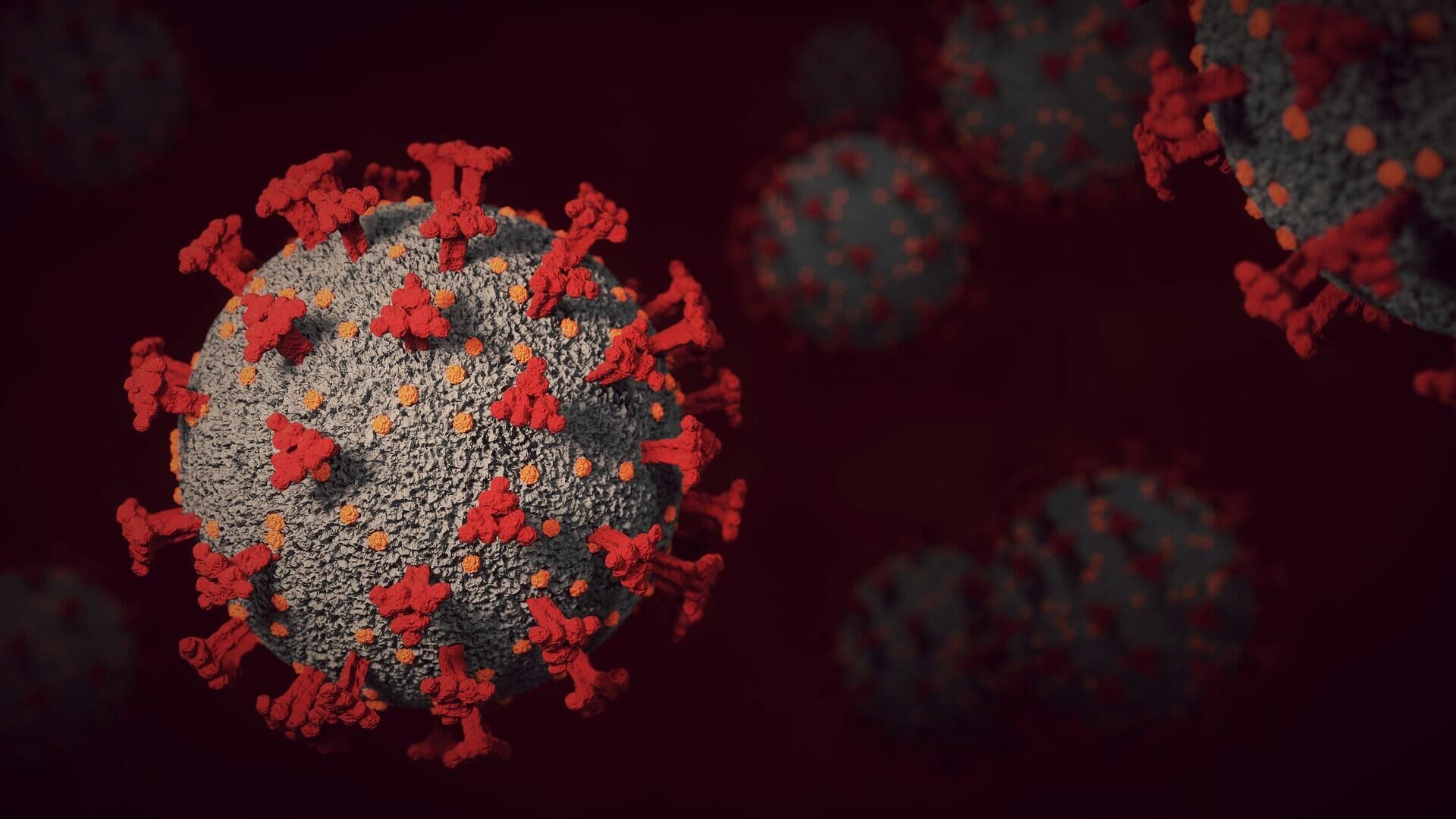https://sputnikglobe.com/20220129/to-be-continued-scientists-finding-9-new-coronaviruses-as-pandemic-persists-1092606551.html
To Be Continued? Scientists Finding 9 New Coronaviruses as Pandemic Persists
To Be Continued? Scientists Finding 9 New Coronaviruses as Pandemic Persists
Sputnik International
Researchers used a supercomputer to process ribonucleic acid (RNA) sequencing data from a whopping 5.7 million biological samples. They described the 11-day... 29.01.2022, Sputnik International
2022-01-29T16:53+0000
2022-01-29T16:53+0000
2022-01-29T16:53+0000
research
study
scientists
supercomputer
coronavirus
covid-19
https://cdn1.img.sputnikglobe.com/img/07e6/01/08/1092120738_0:0:1920:1080_1920x0_80_0_0_416e726ac4628f09f16a7bcddbcd1f05.jpg
It seems the news won’t be music to the ears of those who eager to see the end of the COVID-19 pandemic, which sadly shows no signs of slowing. An international team of scientists has discovered nine new species of coronavirus, with some of them tracked in somewhat unexpected places, including ice-core samples and animal dung.According to the researchers, a total of 132,000 RNA viruses have been found from 5.7 million biological samples with the help of a "ridiculously powerful" supercomputer built by UBC and Amazon Web Services within the framework of the so-called Serratus Project. For comparison, only 15,000 such viruses were known before the project.UBC expressed hope that their research will help "pave the way to rapidly identify virus spillover into humans”, while the Serratus Project database, now available to everyone, can be used to identify viruses impacting livestock, crops, and endangered species.The study’s lead author Artem Babayan for his part underlined that the scientific world is “entering a new era of understanding the genetic and spatial diversity of viruses in nature, and how a wide variety of animals interface with these viruses”.Coronaviruses refer to a large family of viruses that are named so because of the crown-like spikes on their surface and which usually prompt mild to moderate upper-respiratory tract illnesses, like the common cold.There are hundreds of coronaviruses, with most of them circulating among animals such as pigs, camels, bats, and cats. Such viruses can sometimes spread to humans in what is known as a spillover event. The novel coronavirus SARS-CoV-2 emerged in December 2019 in China and was declared a global pandemic by the World Health Organisation on 11 March 2020.
https://sputnikglobe.com/20210929/study-shows-massive-drop-in-life-expectancy-due-to-covid-19-pandemic-1089501329.html
Sputnik International
feedback@sputniknews.com
+74956456601
MIA „Rosiya Segodnya“
2022
Oleg Burunov
https://cdn1.img.sputnikglobe.com/img/07e4/09/0b/1080424846_0:0:2048:2048_100x100_80_0_0_3d7b461f8a98586fa3fe739930816aea.jpg
Oleg Burunov
https://cdn1.img.sputnikglobe.com/img/07e4/09/0b/1080424846_0:0:2048:2048_100x100_80_0_0_3d7b461f8a98586fa3fe739930816aea.jpg
News
en_EN
Sputnik International
feedback@sputniknews.com
+74956456601
MIA „Rosiya Segodnya“
Sputnik International
feedback@sputniknews.com
+74956456601
MIA „Rosiya Segodnya“
Oleg Burunov
https://cdn1.img.sputnikglobe.com/img/07e4/09/0b/1080424846_0:0:2048:2048_100x100_80_0_0_3d7b461f8a98586fa3fe739930816aea.jpg
research, study, scientists, supercomputer, coronavirus, covid-19
research, study, scientists, supercomputer, coronavirus, covid-19
To Be Continued? Scientists Finding 9 New Coronaviruses as Pandemic Persists
Researchers used a supercomputer to process ribonucleic acid (RNA) sequencing data from a whopping 5.7 million biological samples. They described the 11-day collection of the data as something that came from "every continent and ocean, and all kingdoms of life”.
It seems the news won’t be music to the ears of those who eager to see the end of
the COVID-19 pandemic, which sadly shows no signs of slowing. An international team of scientists has discovered nine new species of coronavirus, with some of them tracked in somewhat unexpected places, including ice-core samples and animal dung.
In a study led by researchers from the University of British Columbia (UBC) and published in the journal Nature, scientists pointed out that the discovery was part of their breakthrough efforts to explore ribonucleic acid (RNA) sequencing data and spot 10 times more RNA viruses than were previously known.
According to the researchers, a total of 132,000 RNA viruses have been found from 5.7 million biological samples with the help of a "ridiculously powerful" supercomputer built by UBC and Amazon Web Services within the framework of the so-called Serratus Project. For comparison, only 15,000 such viruses were known before the project.
The team noted in the research that “an important limitation for these analyses is that the nucleic acid reads do not prove that viral infection has occurred in the nominal host species. For example, we identified five libraries in which a porcine, avian, or bat coronavirus was found in plant samples”.
UBC expressed hope that their research will help "pave the way to rapidly identify virus spillover into humans”, while the Serratus Project database, now available to everyone, can be used to identify viruses impacting livestock, crops, and endangered species.

29 September 2021, 01:05 GMT
The study’s lead author Artem Babayan for his part underlined that the scientific world is “entering a new era of understanding the genetic and spatial diversity of viruses in nature, and how a wide variety of animals interface with these viruses”.
“The hope is we’re not caught off guard if something like SARS-CoV-2—the novel coronavirus that causes COVID-19— emerges again. These viruses can be recognised more easily and their natural reservoirs can be found faster. The real goal is these infections are recognised so early that they never become pandemics”, he stressed.
Coronaviruses refer to a large family of viruses that are named so because of the crown-like spikes on their surface and which usually prompt mild to moderate upper-respiratory tract illnesses, like the common cold.
There are hundreds of coronaviruses, with most of them circulating among animals such as pigs, camels, bats, and cats. Such viruses can sometimes spread to humans in what is known as a spillover event. The novel coronavirus SARS-CoV-2 emerged in December 2019 in China and was declared a global pandemic by
the World Health Organisation on 11 March 2020.





